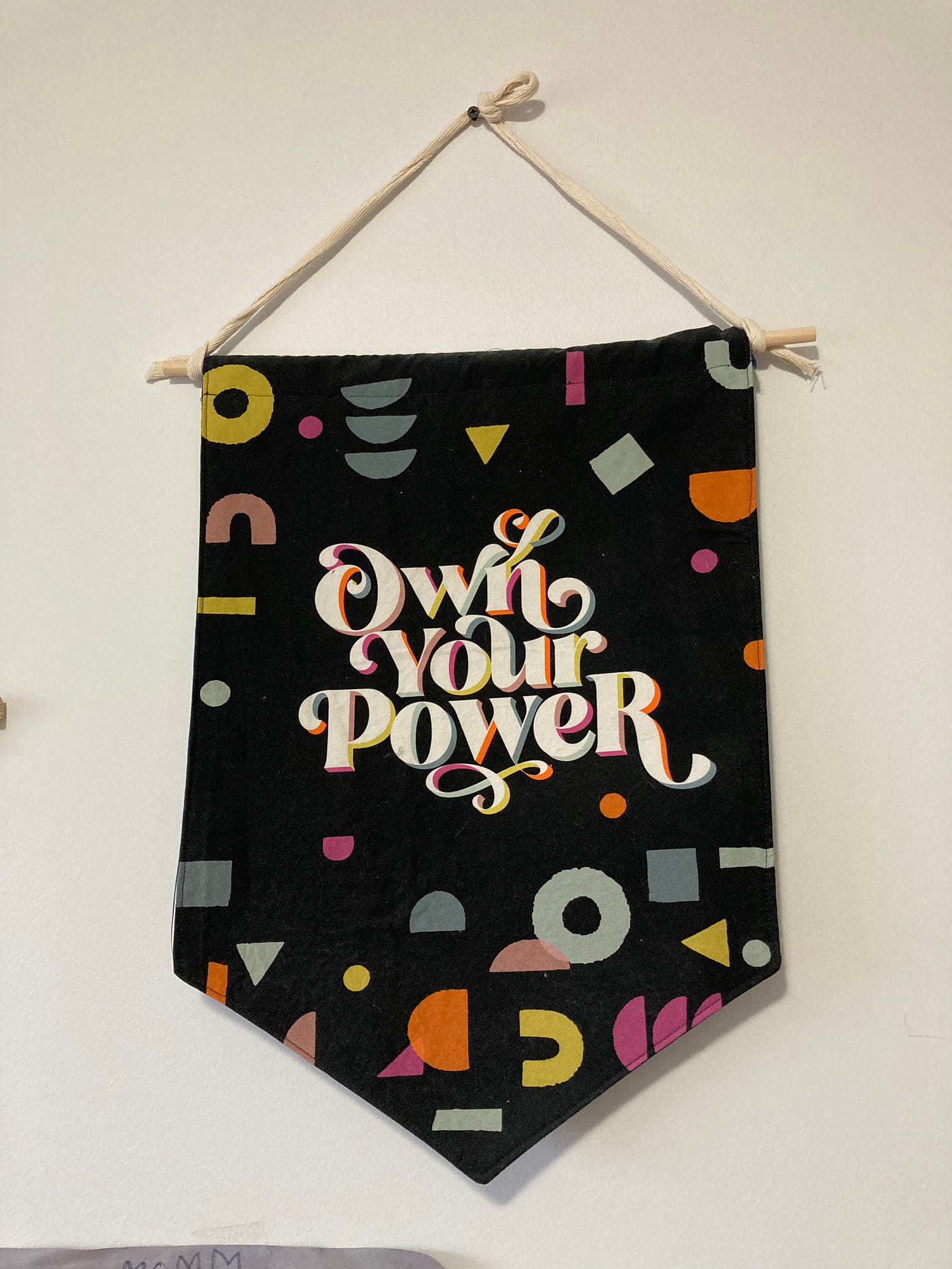I started 2023 with only one true goal in mind: To find joy and fulfillment in everything I choose to do.
This may seem like a cliché way to start the year, but it isn’t for me.
My New Year goals were always centered around work, not life, as if work WAS life. One of the most difficult and freeing realizations I had in 2022 was that my work is NOT my life, and I can choose to sever myself from that concept.
As journalists, we constantly tell ourselves that our profession is an integral part of our identities. We’re curious and dogged, right? We don’t give up. We thrive on the adrenaline rush of deadline pressure. So many of us, especially the millennial and Gen Z cohorts, define ourselves by these traits.
The identity-shaping nature of journalism plants its seeds early. For me, it happened in high school. If you found 16-year-old Anam’s career assignment worksheet about what she wanted to be when she grew up, it would say: “journalist.”
I never imagined I would leave what I considered to be my dream job: A full-time gig at a daily newspaper. Yet here I am, thinking back to two months ago, one of the most joyful moments in my life: The day I decided to leave The Record newspaper.
Why, though was this decision so momentous? Because the daily grind of producing news in a work environment that refuses to change in an industry that is struggling to stay relevant was slowly eating away at me. Bite by bite, I could feel parts of myself disappear, only to be replaced by vicious cycles of anger, resentment, hopelessness, and despair. I had to yank myself free of the all-consuming beast that is the shrinking local newspaper.
This may seem a tad dramatic, but this is how I felt for about two years before I left my job. Burnout in Canadian media is very real, but journalists don’t talk about their feelings in the workplace. We don’t talk about how our work impacts us. We are constantly in “work mode,” obsessively scrolling Twitter on our nights and weekends off. News doesn’t stop, so neither can we.
Journalists are expected to move nimbly from one assignment to the next, like cogs in a machine, constantly brimming with ideas like an everlasting fountain of creativity that never needs to rest and recharge.
We’re not given any grace or opportunities to heal. Our workplace culture is one that sucks us dry and doesn’t give us any care or compassion in return. None of these are new problems, but ones that were exasperated by the pandemic.
And I know I’m not alone in feeling this way.
A survey on the mental health of Canadian journalists called “Taking Care” was the first time these issues with newsroom workplace culture were properly documented. When I read the report last spring, one quote near the end stuck with me and I found myself thinking about it often: “…many media workers love their jobs, but their jobs don’t always love them.”
I care so deeply about journalism, so I can sacrifice my sanity a little bit, right? Maybe as an editor I can try to be the care and compassion in the newsroom that I craved so deeply as a reporter?
But when burnout is the elephant in the newsroom, and there is no willingness
to do something about it, how can meaningful change happen in any Canadian newsroom, not just the one I left?
I quickly realized the only changes I witnessed were negative ones, and the only place they took hold was within myself, so I had to leave before I let the newsroom status quo consume me.
One thing I do know for sure is that I don’t think I can work in another newsroom again, at least not anytime soon.
What am I now when I have thought of myself a journalist for a decade? That identifier always came first after the obvious ones like “brown” and “woman.” I think so many of us are afraid to leave the industry because we don’t want to lose the shell given to us by the label of our profession. We see this shell as nurturing and protective, but for me it became suffocating.
I’m slowly beginning to realize that it’s OK to not be defined by one’s profession.
Maybe I’m not a journalist anymore, but I’m more than that: I am a mother, a wife, a daughter, a sister, a friend, a sewist, a knitter, and a writer.
So I’m starting 2023 not as a despairing, cynical journalist, but as a person who only wants to find joy and fulfillment in whatever I choose to do.
I hope you can also find joy this year, whatever that joy may look like for you.





Thank you for writing this, Anam. 😊
This was so needed. I loved reading it, so heartfelt. As an Educator I can so relate to your article. May this year bring joy and fulfillment to all.